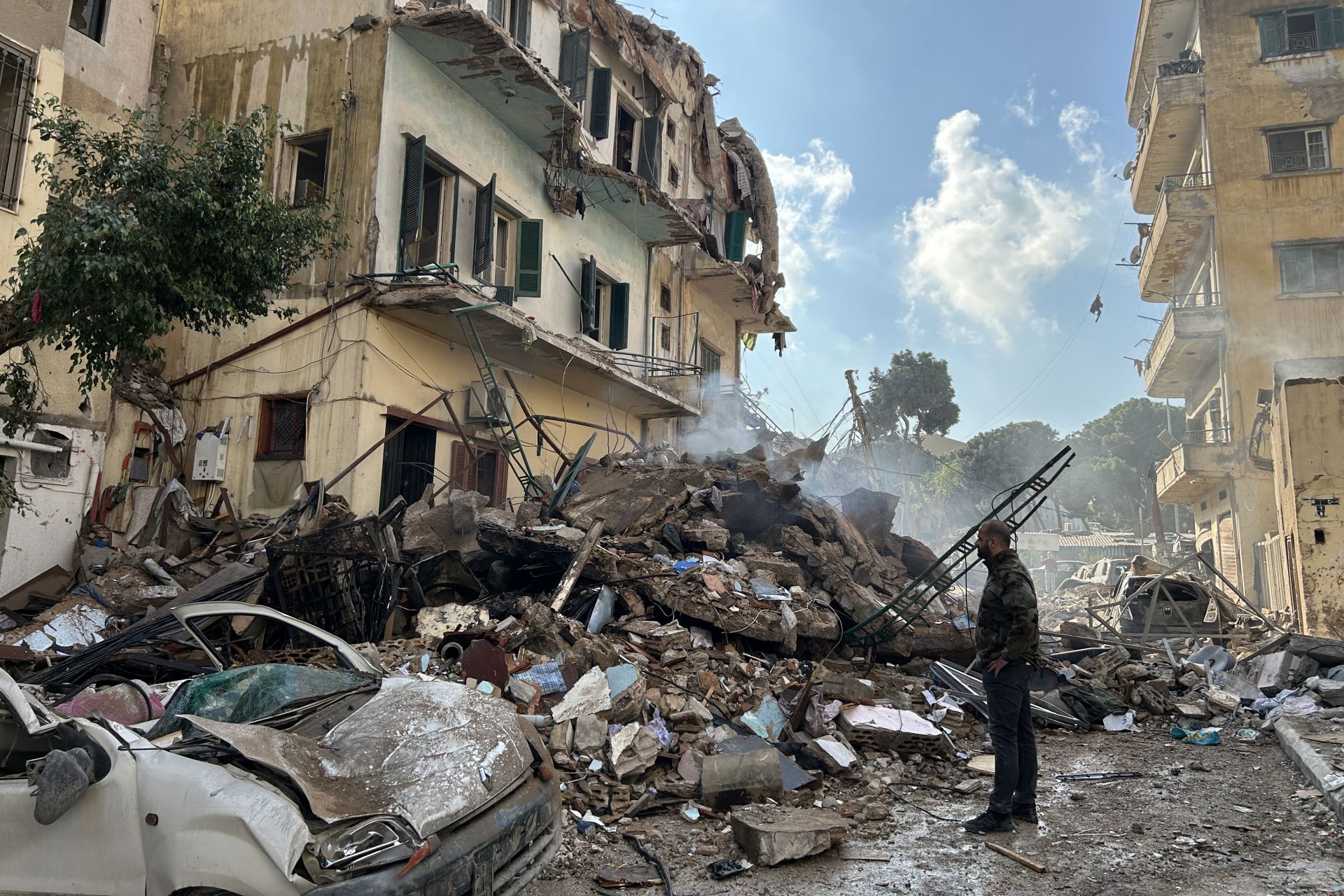
Following the ceasefire between Lebanon and Israel, This is Beirut investigates the concerns of displaced families striving to return to areas devastated by bombardments.
“This return is nothing like 2006.” This phrase echoes across regions where residents are cautiously returning to their homes on the second day of the ceasefire. After 14 months of conflict, marked by two months of brutal escalation, the displaced face their return with uncertainty and unease.
The scale of destruction is far greater than in 2006, exacerbated by the sophisticated weaponry deployed by the Israeli military. Furthermore, fears of resurgence of hostilities dampen any sense of relief, as Israeli strikes persist in some southern villages. Warnings against returning to certain border areas further deepen the unease.
What challenges lie ahead for the residents of South Lebanon and the Bekaa? Who will spearhead the massive reconstruction efforts? Who will provide compensation for the colossal damages? And most importantly, when will these promises be fulfilled? This is Beirut tackles these pressing issues with local residents, many of whom shared their concerns anonymously.
Partial Return to South Lebanon
In South Lebanon, fear and caution prevail. In Marjayoun, located 10 km from the border, damage is reportedly minimal, according to This is Beirut. Nearly 60% of residents who had fled the bombings have returned, including those who had sought refuge in nearby areas like Hasbaya, just a 15 minutes’ drive away. However, many others remain in Beirut, awaiting further clarity on the situation over the weekend.
Life in Marjayoun is gradually resuming. Traffic has slightly increased, but stores remain understocked.
A young bus driver from Hasbaya, who operates the Beirut-Hasbaya-Marjayoun route, shares that he usually completes seven to eight round trips daily. Currently, he manages only two, a sign, he believes, of widespread fear that the fragile calm might be short-lived.
In nearby villages such as Debbine, Qlayaa and Blat, the Lebanese army began clearing rubble on Thursday, focusing on the reopening of roads. “The presence of the Lebanese army provides us with a sense of security,” locals say.
In stark contrast, Israeli tanks remain stationed in Khiam, Kfar Kila and Odaisseh, villages that have been nearly razed to the ground. Access to these areas is restricted, making any return impossible. Some displaced people from these border towns, situated along the Blue Line, have moved back from Tripoli or Akkar to Nabatiyeh, where they initially rented apartments during the first wave of displacement. For now, their homes are unreachable.
To ensure local safety, Lebanese troops have set up checkpoints at the entrances to high-risk zones. “The situation is under control; the army bans gatherings and maintains order. Chaos has subsided,” residents report.
Still, uncertainty persists. Residents feel “lost,” caught in limbo as they await damage assessments and compensation plans for the massive destruction, which has rendered many buildings uninhabitable.
Swift Inspections in the Bekaa
While the redeployment of the Lebanese army in South Lebanon offers some reassurance to residents, official presence in the Bekaa remains limited. The Civil Defense has been deployed along the roads, and Baalbeck-Hermel governor Bachir Khodr conducted inspections to show solidarity with the citizens. Apart from these efforts, there is a notable absence of authorities on the ground to collect data or monitor movements. Even the heads of municipal councils in certain villages are absent, having fled the conflict as well.
Most residents are returning temporarily to inspect their homes, gather winter supplies, then head back to safer areas, as most buildings remain uninhabitable.
In neighborhoods with less severe damage, crucial services like water, electricity and heating oil often face frequent disruptions. Residents are resorting to makeshift repairs instead of relying on the Higher Relief Commission, as the financial burden of seeking alternative accommodation has become intolerable.
In terms of security, locals are adhering to army directives, reporting any unexploded ordnance. The military has also been clearing cluster bombs, including those dropped on Yohmor in West Bekaa by the Israeli army shortly before the ceasefire came into effect.
Despite the ceasefire, uncertainty looms. The agreement has not fully allayed fears, especially given hesitance on the Israeli side. The Israeli government has barred residents of northern Israel from returning to settlements near the Lebanese border for the time being. An Israeli diplomatic source told Yediot Ahronot that the ceasefire “does not mark the end of the war,” emphasizing that it is an agreement subject to daily reassessment.




Comments